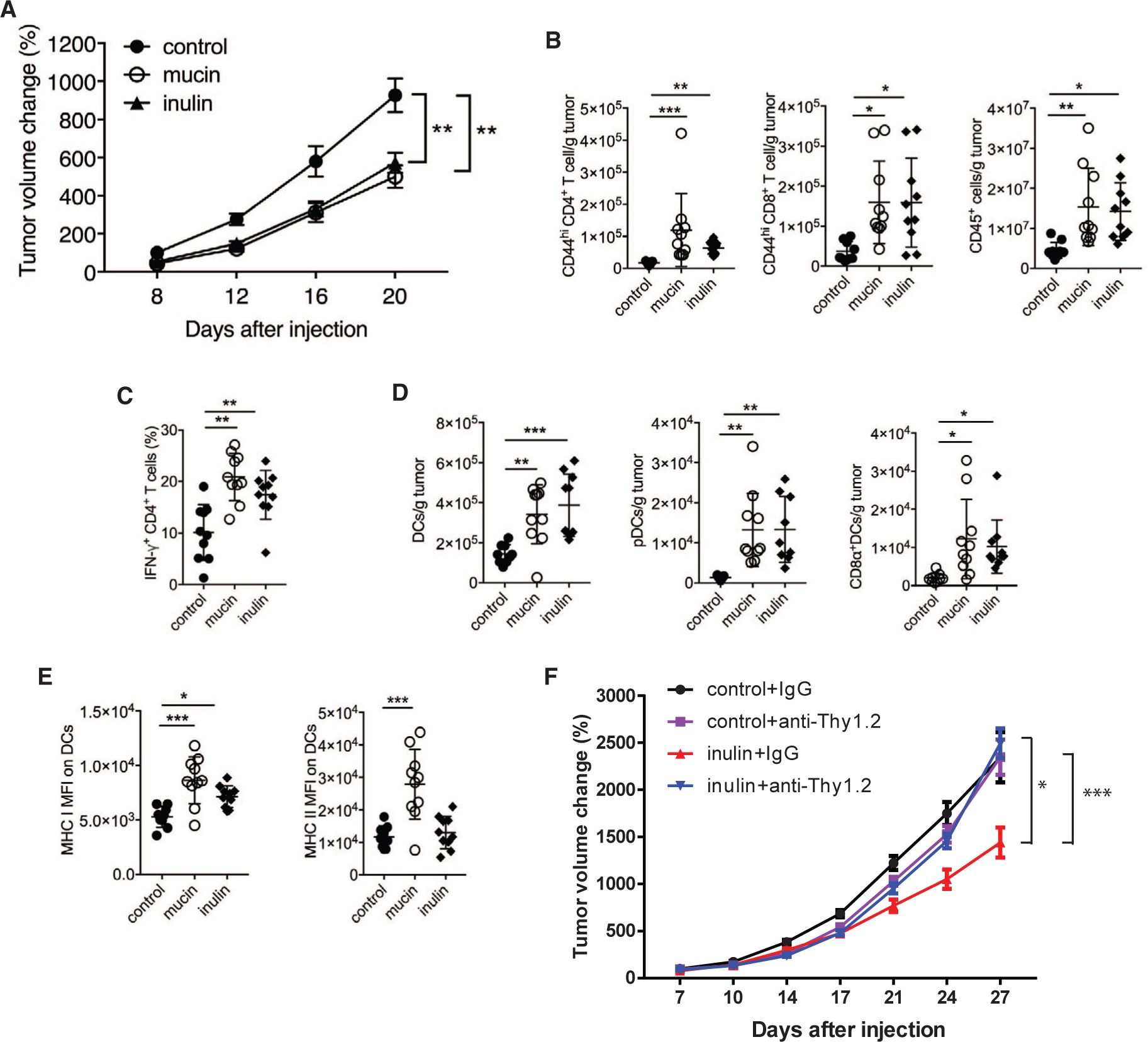Figure 1. Administration of Mucin or Inulin Reduces Tumor Growth and Induces Anti-tumor Immunity.

(A) Growth of YUMM1.5 tumors that were subcutaneously transplanted in syngeneic C57BL/6 mice. Mice were provided with a control diet, 3% mucin in drinking water, or 15% inulin-supplemented chow starting 14 days before tumor inoculation (control, n = 12; mucin, n = 15; inulin, n = 15).
(B) Quantification of tumor-infiltrating total CD45+ cells and effector (CD44hi) CD4+ or CD8+ T cells from mice treated as in (A) (control, n = 9; mucin, n = 10; inulin, n = 10).
(C) Quantification of tumor-infiltrating, IFN-γ-producing CD4+ T cells from mice treated as in (A) (n = 10).
(D) Quantification of tumor-infiltrating total DCs and DC subsets in mice treated as in (A) (control, n = 9; mucin, n = 10; inulin, n = 10).
(E) MFI of MHC class I and MHC class II on tumor-infiltrating DCs in mice treated as in (A) (control, n = 9; mucin, n = 10; inulin, n = 10).
(F) Wild-type C57BL/6 mice (n = 12) were fed control or 15% inulin-supplemented chow starting 14 days before subcutaneous (s.c.) injection of YUMM1.5 melanoma cells (1 × 106). Anti-mouse Thy1.2 or control immunoglobulin G (IgG, 400 μg) were injected two times a week starting 3 days after tumor inoculation (n = 12). Tumor volume was assessed two times a week. FACS analysis revealed >90% depletion of blood CD4+ and CD8+ T cells on day 8 after tumor inoculation. Data are representative of three independent experiments (A–E) or one experiment (F). Graphs show the mean ± SEM. *p < 0.05, **p < 0.005, ***p < 0.001, ****p < 0.0001 by two-way ANOVA with Bonferroni’s correction (A and F) or by one-way ANOVA with Bonferroni’s correction (B–E).
